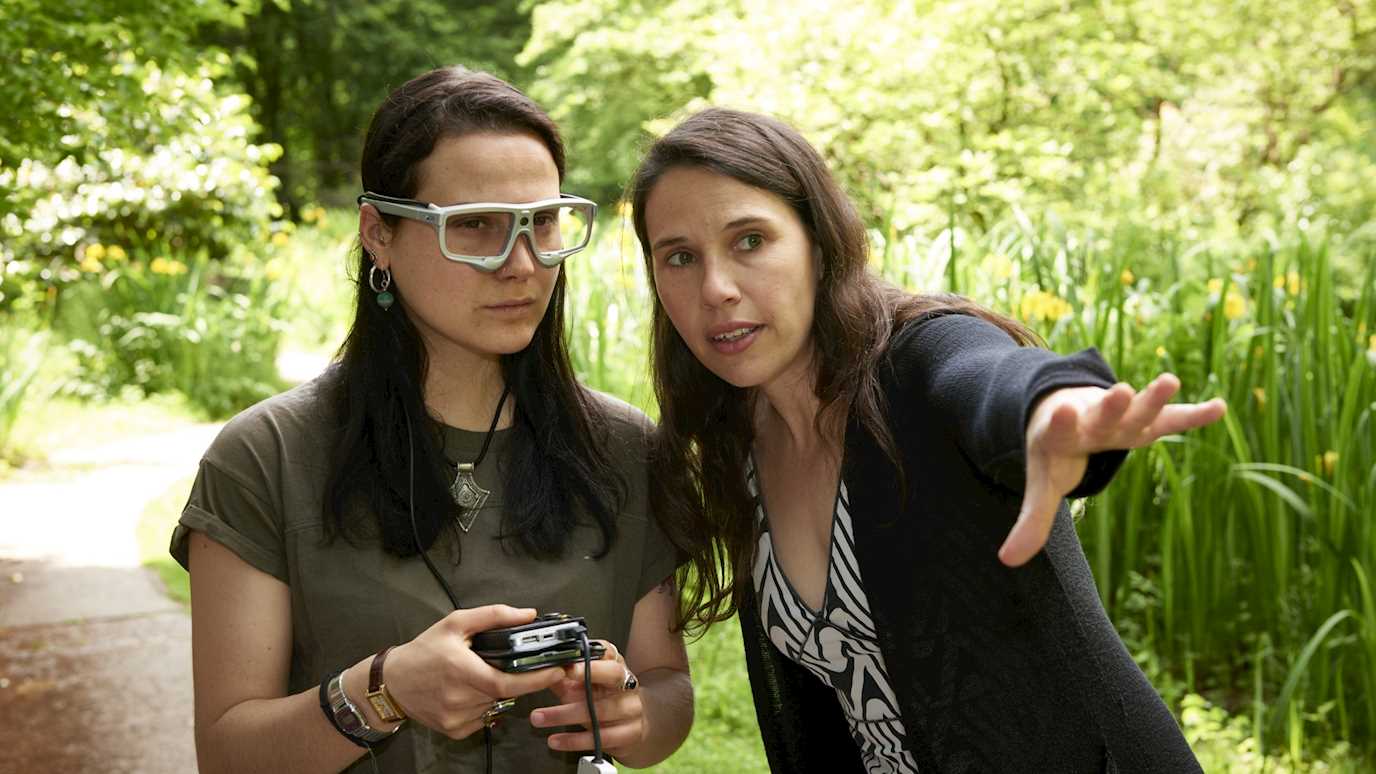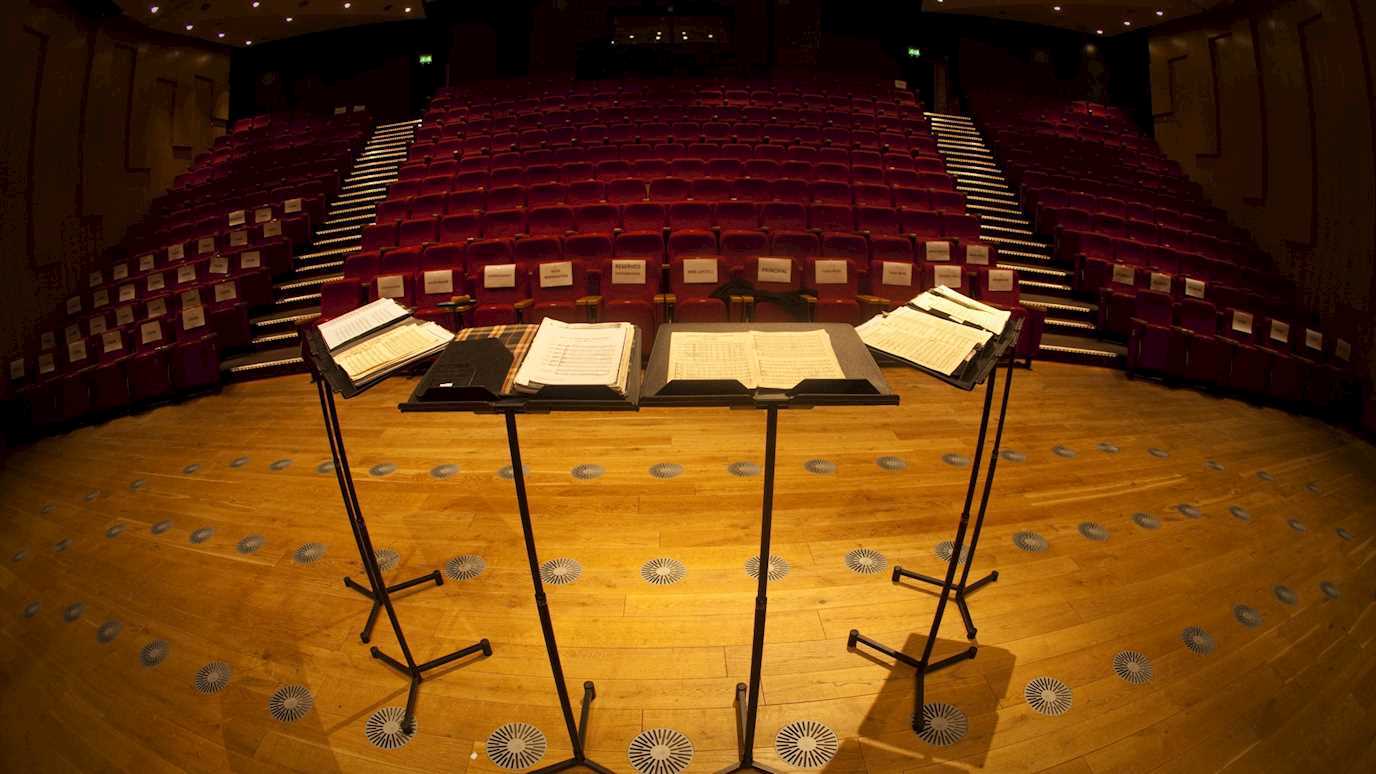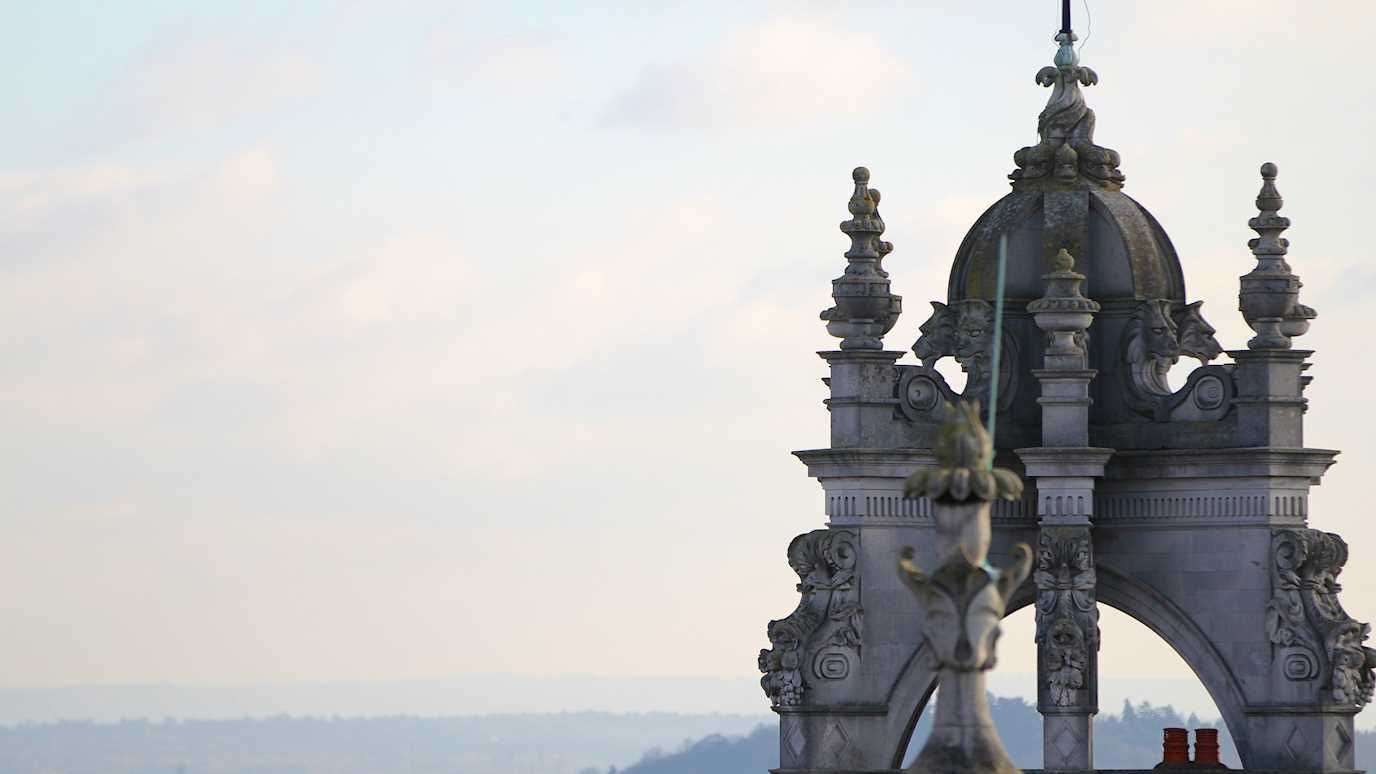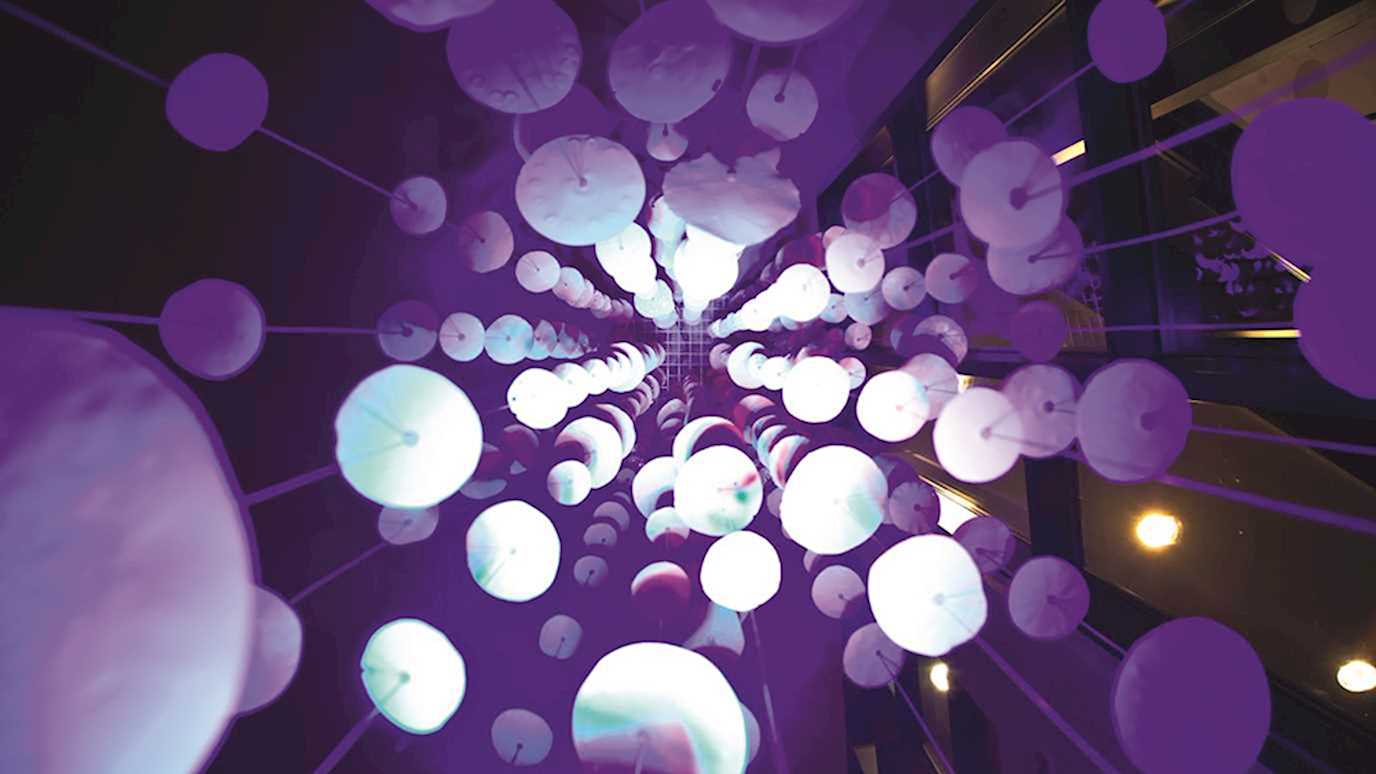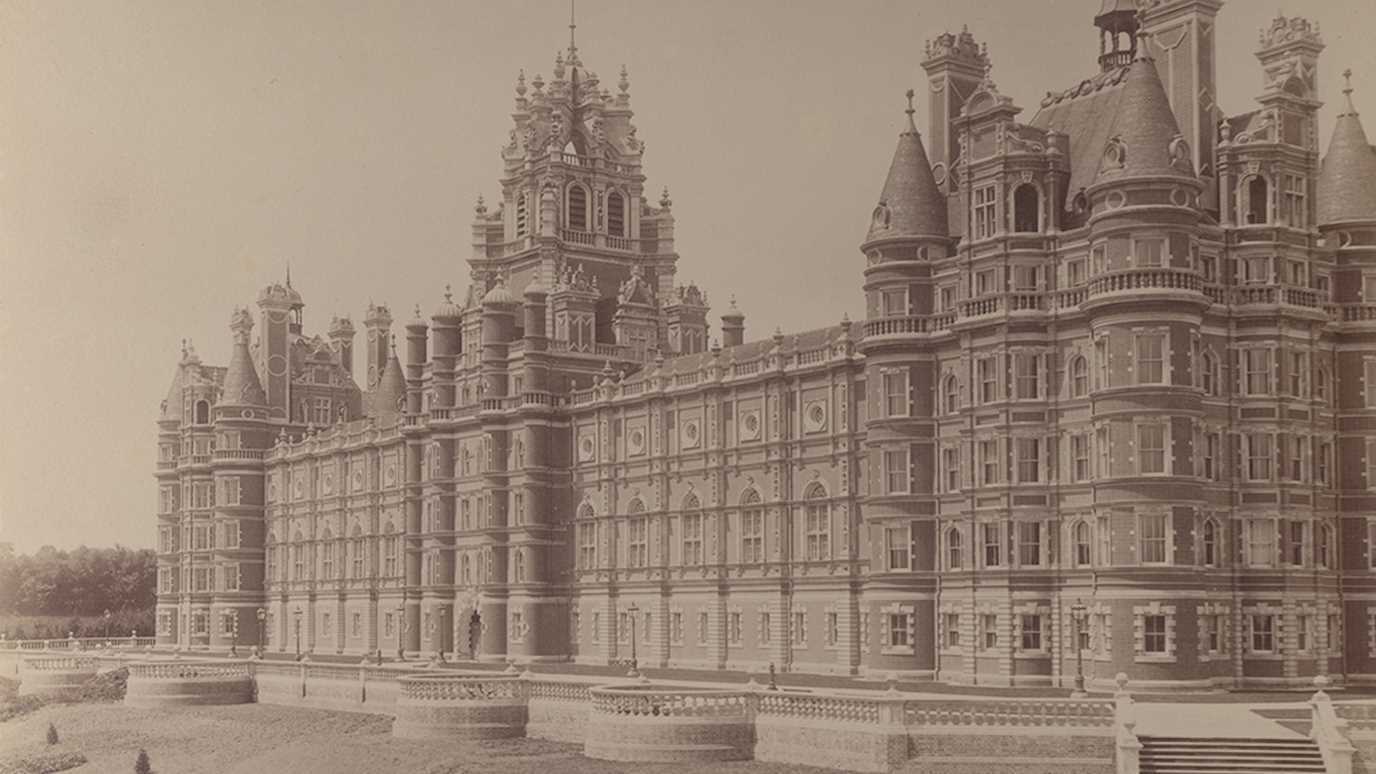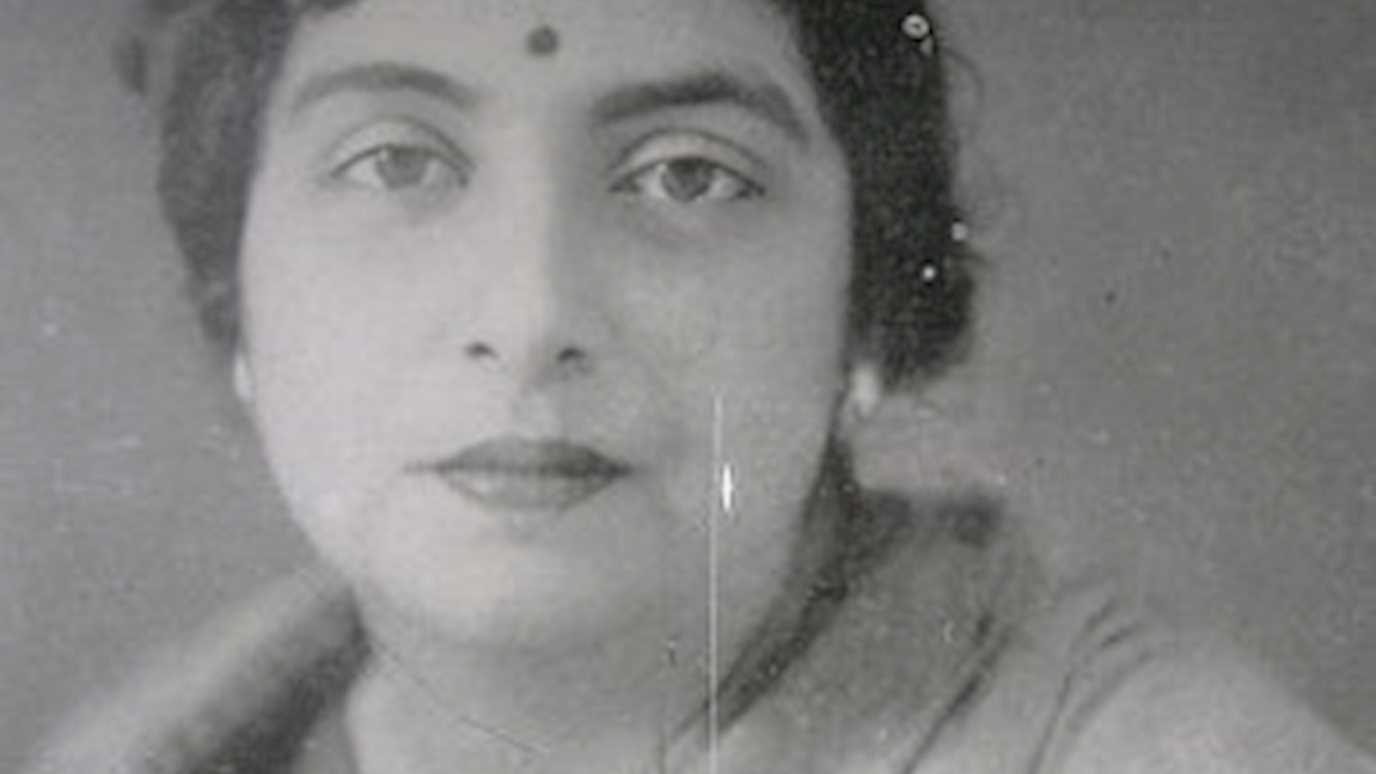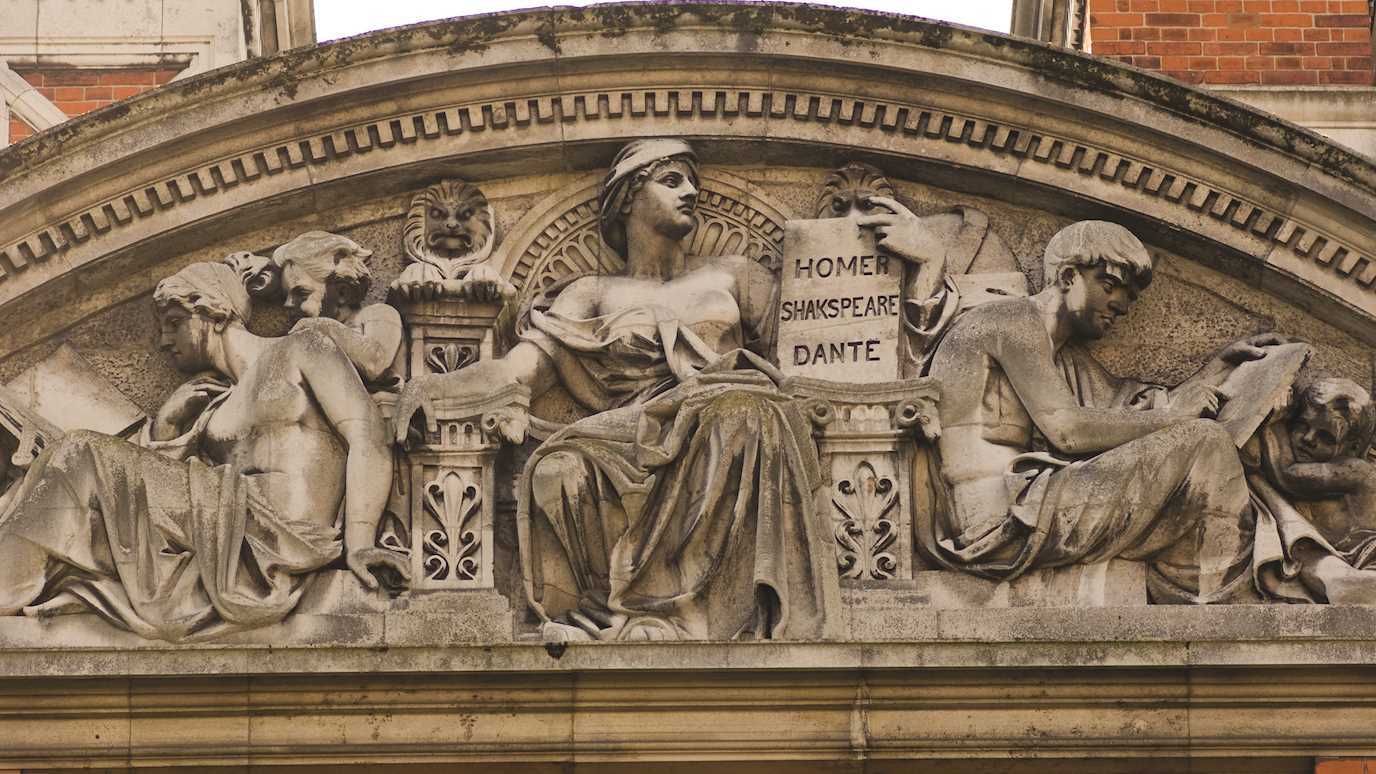By Dr Tim Summers, Department of Music, Royal Holloway University of London
Bernard Herrmann and Alfred Hitchcock
Though Bernard Herrmann (1911–1975) worked on a huge number of films and television episodes, some of his best-known music was written for collaborations with British director Alfred Hitchcock, who was living and working in America.
After writing music for radio dramas, Herrmann immediately became a well-known film composer after his first film, Citizen Kane 91941) earned him an Oscar nomination.
Unlike most Hollywood composers at the time, Herrmann’s fame allowed him more power than the average composer. For example, Herrmann was allowed to orchestrate his own music, whereas most composers would work in teams, with orchestration produced by a different musician to the composer.
Herrmann’s style is very distinctive. He is noted for his unusual timbral combinations of instruments (such as the otherworldly electronic sounds of the theremin used for the alien threat in The Day the Earth Stood Still (1951)).
Another of the characteristic features of Herrmann’s writing is the emphasis on repetition and units or cells of music. Rather than focus on long melodic themes for particular characters (which was often typical of the ‘Hollywood style’), Herrmann tends to create musical patterns out of repeated small units of music. This repetition often gives his work an urgent, hypnotic and agitated quality.
These moods at which Herrmann excelled made his style perfectly suited to the work of director Alfred Hitchcock. Hitchcock’s reputation was built on films with suspenseful mysteries. In Vertigo (1958), for instance, Herrmann uses a repeating pattern that starts where it ends, creating a circular motion that represents the main character’s dizzying experience of heights.
Herrmann often used a particular chord in Hitchcock’s films to accentuate this mystery through ambiguous harmony (more overleaf).
By emphasizing ostinati, texture and timbres, rather than significant melodic themes, perhaps Herrmann is closer to modern film composers in the model of Hans Zimmer, despite the difference of time and technology. Zimmer (and colleagues) also emphasize ostinati and build textures and unusual timbral soundscapes.
Psycho was a shocking film at the time. It used a deliberately pared-back aesthetic style to make it all the more stark: Hitchcock used black and white, while Herrmann created a score using only strings. One of the most surprising parts of the film is that the first part of the film follows one particular character. Only for that main character to… (well, spoilers ahead…)
The Murder
Psycho features one of the most famous cues in movie history – the scene where Marion is attacked in the shower. The cue introduces each of the string parts in turn, descending in pitch, building the cluster chord of E, Eb, F, Gb. The first four bars of the cue are shown above (a). This pattern occurs twice, though the articulation is different the second time (b).
The second half of the cue has the violins and violas alternating between plucking and bowing the strings, while the lower strings repeating a descending semitone movement. The cue comes to rest with lower strings on the uncomfortable C and F# tritone. This clashes with the upper parts which clash in semitones with C# and F, along with a further tritone interval, D and G#.
The cue uses extreme ranges of the string ensemble and contains no melodic line as such. Instead, the repeated soundings of the same pitches match the murderous rage on-screen. The string technique makes the physical mode of production obvious – the bows against the strings are clear and the glissandi make a slashing gesture.
We can think of the music as showing ‘aurally’ what isn’t shown on the screen. In this moment, the audience is encouraged to react similarly to Marion as we are shocked at the gestures coming towards us!
The tempo marking for this cue says ‘Vivo’ – why might this be a little joke by Herrmann?
Mickey-Mousing or not?
When discussing film music, the term ‘mickey-mousing’ is used to describe moments where the image and music are very closely synchronized. It is named after the stereotypical approach to scoring cartoons, where a character’s movements are made to sound precisely in time with particular notes, like a musical sound effect.
Maybe we could use this term to describe the music in the shower scene of Psycho – certainly the ‘slashing’ motion of the melody seems to parallel the cutting action of Bates.
Watch the ‘shower scene’ carefully and look to see if the musical phrases are synchronized exactly with the movements on-screen. Also watch the scenes when the same ‘Murder’ music recurs.
- Why do you think that Herrmann chose this approach to music and synchronization in the ‘shower scene’?
- When the music returns later in the film, what do you think it represents?
- Why does Herrmann re-use the music?
- Would the relationship between actions and image be different if it was played by something other than strings?
The Prelude
Herrmann on the Prelude:
‘[A]fter the main titles you know that something terrible must happen. The main title sequence tells you so, and that is its function: to set the drama.’
‘We [Herrmann and Hitchcock] both agreed to bring back the music we’d related to the opening of the film, which again tells the audience, who don’t know something terrible is going to happen to the girl, that it’s got to.’
Psycho begins with a cue with driving energy, an urgent panic. The first chord is the ‘Hitchcock Chord’. This is constructed from a minor triad with an added major seventh. Here, it is heard in Bb in second inversion. The chord has a dissonant quality, especially with the clashing major seventh and tonic, and it does not fit straightforwardly into a major or minor key. It is repeated very often in the score, so becomes a familiar sound, taking the place of traditional harmonic resolution. The prelude cue is like a variation on the Hitchcock chord, spinning out repeated patterns that circle around the main notes of the chord. The audience is put ‘out of place’ just as the harmony of the chord is uncertain.
The opening chords of the Prelude are played in a sff dynamic marking, but the instruments are told to use mutes. This is curious, since mutes are normally used as a way of softening or deadening the sound. This performance technique creates an unusual timbre, perhaps depicting the suppression of dangerous emotions or impulses – the performer’s power is restricted by the mute on the instrument. Though mutes have been used on strings for a long time, they are particularly associated with C20th art music.
Repeating the Prelude
In the quotation above, Herrmann notes that the Prelude is designed to tell the audience that ‘something’ is going to happen. The harmony and performance techniques help to create this effect.
The music from the Prelude is repeated several times during the first part of the film, mostly associated Marion: we have several scenes of Marion driving in the car, with the camera looking at her, while the opening music sounds. Given the words that were on the screen at the opening of the film, what might this music be ‘saying’ about Marion?
Music in Psycho
In Psycho, music is mainly used in scenes without any dialogue. It takes over the storytelling without competing with spoken words. By sounding so often with images of Marion staring at the camera/viewer, and using musical techniques designed to induce unease and apprehension, it encourages us to sympathize and identify with Marion in the first part of the film. This makes her demise later all the more shocking. The music seeks to both represent Marion’s emotions and cause us to feel the same, mediating between the characters and viewers. In the murder scene, we hear both Norman’s rage and Marion’s fear.
After Marion’s death, we become more closely aligned with Norman, and music that is associated with him.
Do you think this film is aiming to be realistic? What might that tell us about music in the film? It avoids real-world music to enhance the otherworldly quality.
Some authors have identified a quiet ‘Madness theme’ in the film, which is heard prominently during the conversation between Marion and Norman in the parlour and at the very end of the film. Ross Fenimore and James Wierzbicki suggest that this represents Mrs Bates – never seen, only heard. It also helps to imply that the ending is a cliffhanger and the story is yet to be completely resolved – a musical equivalent of “The End…or is it?”
Scary Silence?
The shower scene originally had no music, but Herrmann went ahead and wrote music anyway. You can easily find the version without music on the DVD and YouTube. Watch both versions, and consider how they are different. Which do you find scarier, and why? How does the ‘startle effect’ of sound differ in each case? Which version appears more ‘real’?
Further Reading
Brown, Royal S., Overtones and Undertones: Reading Film Music (Berkeley: University of California Press, 1994). Chapters 1 and 6.
Cifton, Kevin, ‘‘We All Go a Little Mad Sometimes. Haven't You?’ Musical Empathy in Hitchcock's Psycho’, Music Analysis 37/1 (2018), 47–67.
Fenimore, Ross J., ‘Voices that Lie Within: The Heard and Unheard in Psycho’, in N. Lerner (ed.), Music in the Horror Film (New York and London: Routledge, 2010), 80-97.
Husarik, Stephen. ‘Transformation of ‘The Psycho Theme’ in Bernard Herrmann’s Music for Psycho’, Interdisciplinary Humanities 29/2 (2007), 144–158.
Murphy, Scott, ‘An Audiovisual Foreshadowing in Psycho’, in P. Hayward (ed.), Terror Tracks (London: Equinox, 2009), 47–59.
Wierzbicki, James, ‘Psycho-Analysis: Form and Function in Bernard Herrmann's Music for Hitchcock’s Masterpiece’, in P. Hayward (ed.), Terror Tracks (London: Equinox, 2009), 14–46.








